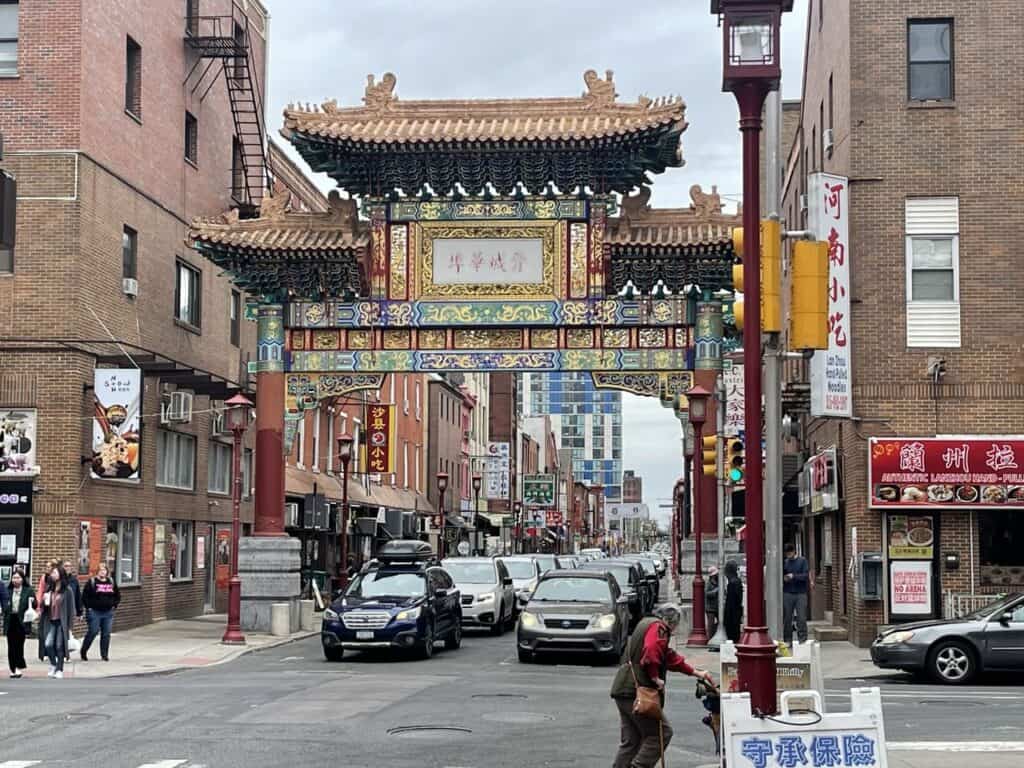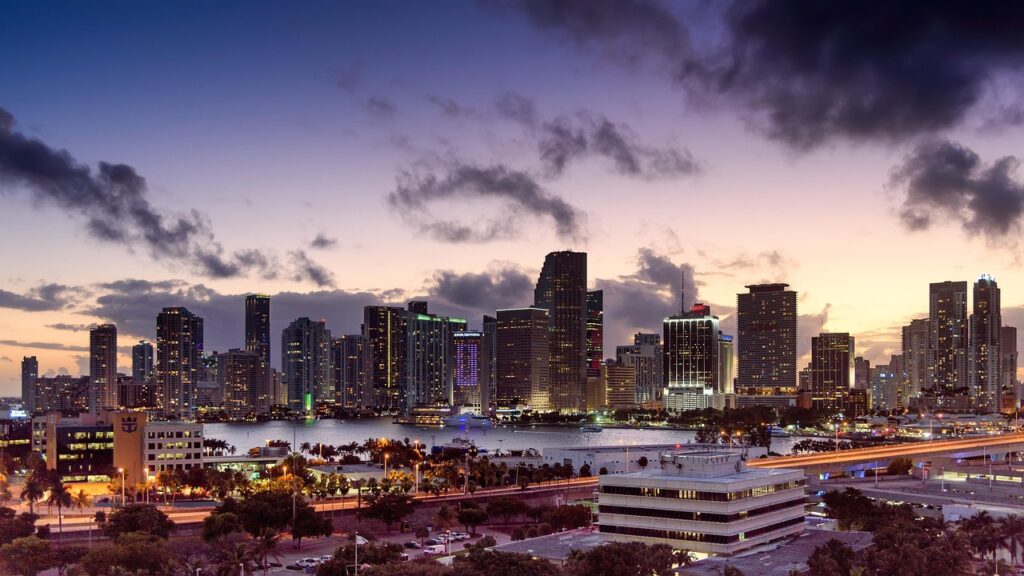We may earn money or products from the companies mentioned in this post. This means if you click on the link and purchase the item, I will receive a small commission at no extra cost to you ... you're just helping re-supply our family's travel fund.

Big cities can be thrilling and tiring at once. Long blocks, traffic, late night crowds, and patchy transit knowledge make simple days feel complicated. Visitors often land downtown, then realize that energy spikes after dark or vanishes on weekends. The trick is picking a base with good lighting, steady foot traffic, and easy routes to museums and parks. With the right address, the same city softens. Cafés appear, mornings start calm, and walking becomes the best way to learn a place.
Chicago

Wind and wide avenues can wear down newcomers, and the Loop empties on some evenings. Lake effect weather also flips plans fast. A calmer base sits in Lincoln Park or Lakeview for leafy streets, the lakefront path, and quick trains downtown. The Gold Coast works for classic buildings and steady foot traffic, while the West Loop offers dining with short rides to art and architecture tours. Good sidewalks and frequent buses keep days flexible without lifting a finger.
San Francisco

Steep grades, microclimates, and a busy downtown can make pacing tricky. Some blocks change mood within minutes. Safer, quieter bases include the Marina and Cow Hollow for flat walks and bay views, or the Inner Richmond for Golden Gate Park access and reliable transit. Noe Valley adds sunny afternoons and small cafés, while the Presidio edges into national park calm. From these pockets, cable cars, ferries, and Muni lines link landmarks without turning every move into a marathon.
Los Angeles

Distances stretch, and rush hours can swallow a day. Downtown nightlife spikes late, and parking rules punish guesswork. Santa Monica works as a beach base with walkable blocks and light rail to the heart of the city. Pasadena brings tree lined streets, museums, and the Metro A Line for an easy ride to downtown. Culver City suits film fans with galleries and dining, while Brentwood keeps nights quiet. The city unfolds best when sleep, transit, and food sit close together.
New Orleans

Music and festivals run late, and crowds in the French Quarter can overwhelm. Summer heat slows the morning rhythm. Uptown and the Garden District offer relaxed porches, streetcar links, and oak shade, while the Warehouse District places galleries and the river within an easy stroll. Faubourg Marigny brings music with a neighborly tone earlier in the evening. From these bases, the Quarter becomes a focused visit rather than an all day endurance test.
Detroit

Wide boulevards and a car heavy grid can feel stark to first timers, and weather adds hard edges in winter. Downtown and Midtown now anchor museums, sports, and theaters with growing foot traffic. Corktown suits those who want coffee, bakeries, and short walks to historic sites. New Center gives quick access to the DIA and the Motown sound. With a central base, the People Mover, QLINE, and short rides carry days that balance design, music, and automotive history.
St. Louis

Landmarks sit far apart, and some downtown corridors go quiet after events. The Central West End offers leafy streets, cafés, and short spans to Forest Park, where free museums stretch a morning without stress. Clayton makes a tidy base with transit and dining, while Lafayette Square brings Victorian charm with a neighborhood pace. From these areas, quick drives reach the Arch, Soulard markets, and breweries without turning every outing into a logistics puzzle.
Philadelphia

Center City crowds and tight lanes can intimidate, and late night blocks shift tone fast. Rittenhouse Square provides steady foot traffic, tree shade, and cafés that open early. Old City pairs galleries with history, while Society Hill’s brick sidewalks soften the walk to waterfront paths. University City suits museum days with transit on tap and good lighting near campuses. From these hubs, Independence landmarks, Reading Terminal, and art corridors fit into one thoughtful loop.
Portland, Oregon

Downtown has seen slower foot traffic and visible street issues that can unsettle visitors who expect a constant buzz. The Pearl District offers galleries, parks, and streetcar links in a compact grid. Nob Hill adds Victorian houses, boutiques, and easy routes to Forest Park trails. Sellwood and Eastmoreland slow things further with river paths and cafés. With a neighborhood base, bridges become pleasant crossings rather than barriers, and the city returns to its small scale charm.
Miami

Driving can be intense, weekends crowd hot spots, and nightlife runs late in South Beach. Coral Gables sets a calmer rhythm with shaded boulevards and Mediterranean architecture, while Brickell offers modern towers, bay walks, and the Metromover for short hops. Coconut Grove balances marinas and banyan shade with restaurants that open to the street. From these bases, the beach becomes an afternoon choice, not a pressure point, and mornings belong to Cuban coffee and clear light.